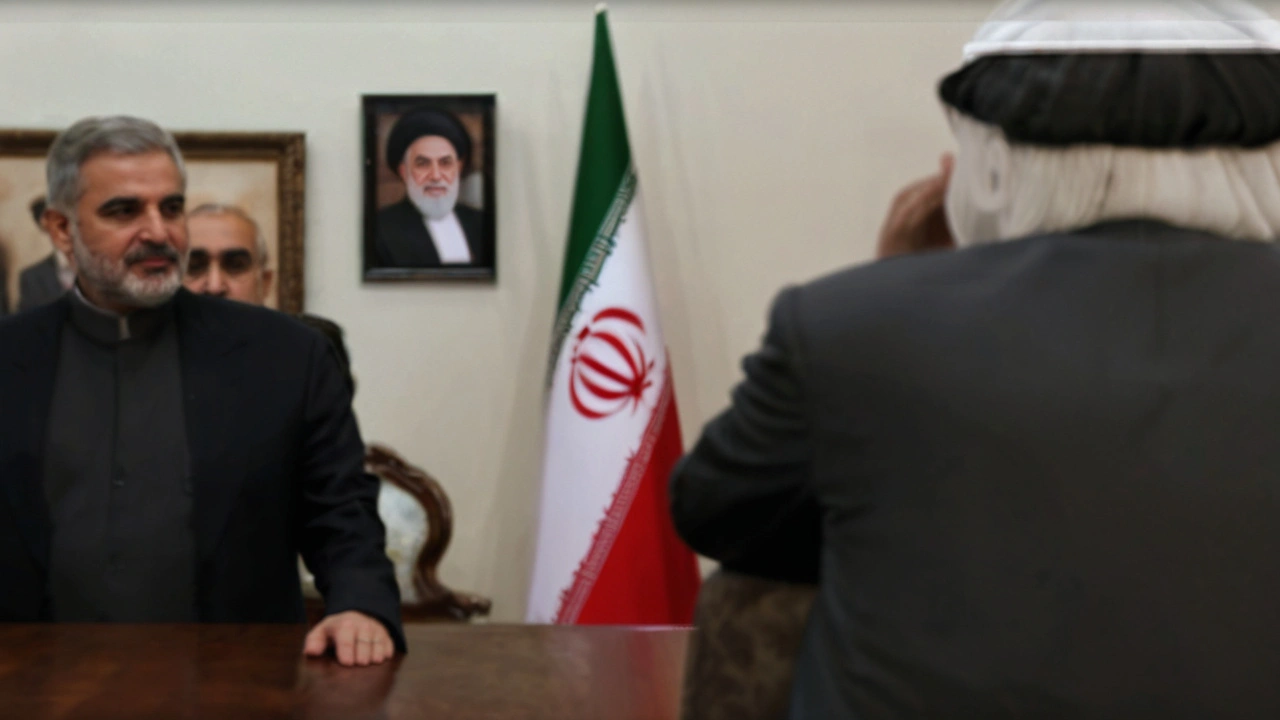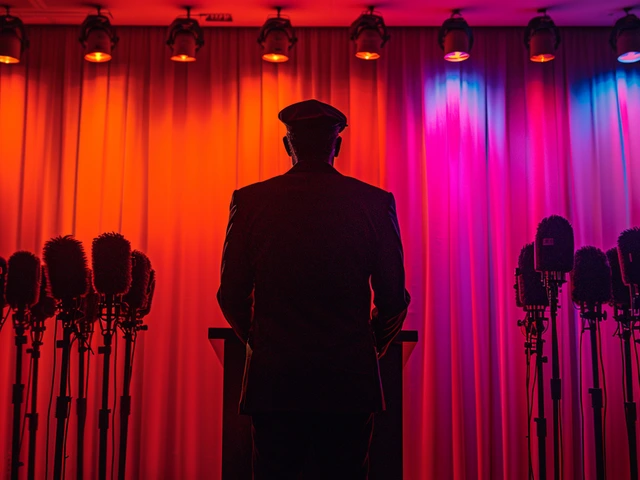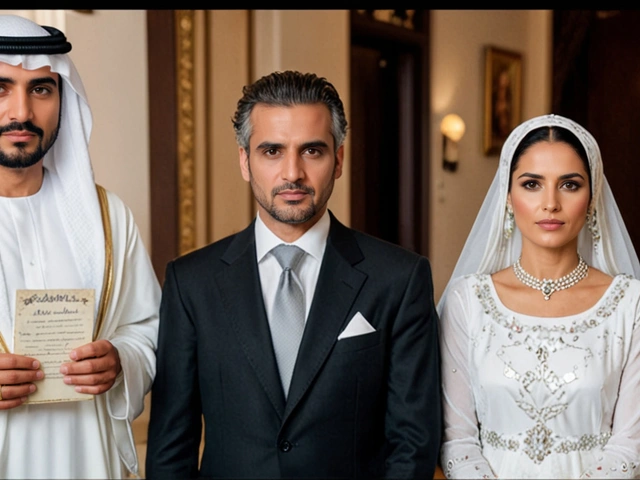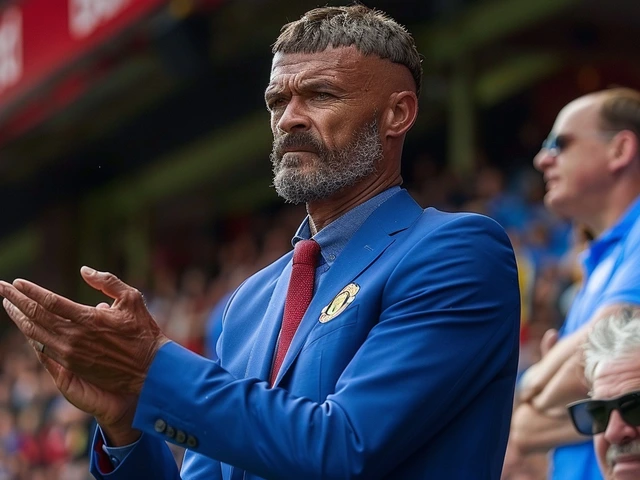Understanding the Middle East Conflict: What’s Happening Now?
The Middle East conflict has been a complex and ongoing issue affecting millions of lives. From territorial disputes to political struggles, it touches on history, culture, and international politics. But what are the core problems driving this conflict, and why does it keep making headlines?
At its heart, the conflict often revolves around contested lands, deep-rooted ethnic and religious divisions, and power struggles between countries and groups. Impacting everything from daily life to global politics, these tensions have sparked multiple wars and peace talks over decades.
The Main Players and Their Stakes
Several countries and groups are involved in the ongoing tensions: Israel, Palestine, Iran, Saudi Arabia, Syria, and others. Each has unique interests and alliances that can either fuel conflict or open doors for peace. Understanding these perspectives helps explain why resolving the conflict remains so difficult.
International actors like the US, Russia, and the UN also play key roles in attempts to mediate or influence outcomes. Their involvement often affects how negotiations unfold and which sides get support.
Recent Developments to Watch
New developments often come with shifts in leadership, peace initiatives, or flare-ups in violence. Keeping up with these changes is crucial for anyone interested in global affairs. Issues like ceasefire agreements, election results, and regional diplomacy can reshape the landscape overnight.
Tracking these updates helps clarify what progress, setbacks, or new challenges lie ahead in the quest for peace in the Middle East.
Staying informed about this conflict means staying aware of a wide range of issues—from the local struggles of everyday people to the big-picture political games. It's a tough topic, but understanding the basics and current events gives you a clearer picture of why it matters so much worldwide.




